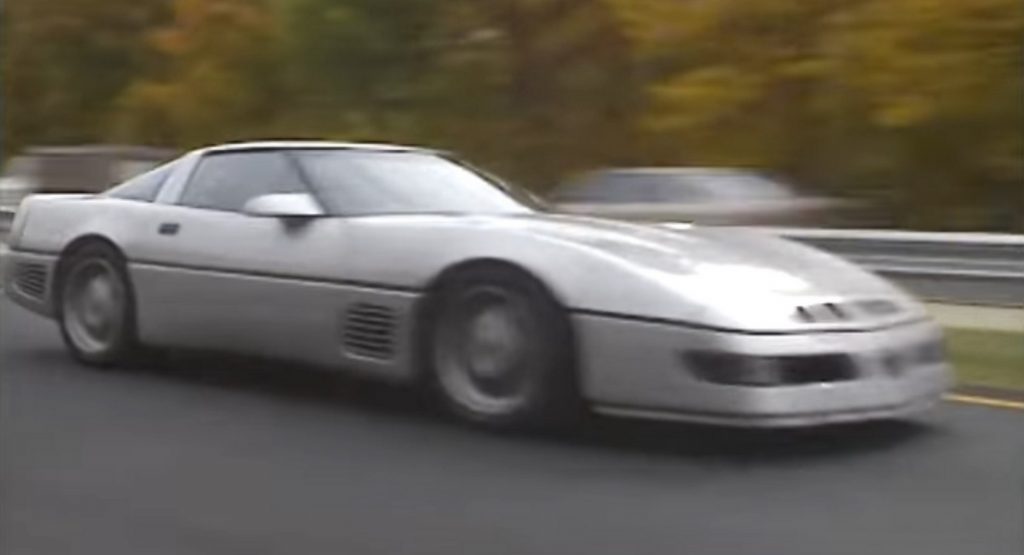Back in 1988, Callaway Cars set the (unofficial) record for the world’s fastest car in a tuned 898 hp C4 Corvette called the Sledgehammer that hit 254.76 mph during a Car & Driver test. But the company’s founder, Reeves Callaway, says that he doesn’t really see the point of setting those kinds of records anymore.
Although Callaway still produces enormously powerful vehicles, now that speed records are pushing 300 mph one of the biggest hurdles in setting a new top speed record is simply finding a location, the legendary tuner told Muscle Cars & Trucks in a recent interview.
“The great problem of top speed demonstration is not building a car that will do it, but finding a place where you can do it safely,” said Callaway.
Although some companies are still eager to do it, like SSC with the Tuatara, others have slowed their efforts. Although Bugatti pushed the Chiron past 300 mph in Germany, the company quickly said it wouldn’t try again.
“In future we will focus on other areas. … This was the last time for us,” said Bugatti’s CEO, Stefan Winkelmann, in 2019.
SSC, too, has had issues with top speed records after its claimed 330 mph run was thrown into question as a result of questionable measurement devices. Since then, the company has struggled to find a place to go for another record.
Read More: SSC Tuatara Still Chasing 300 MPH Record, Will Have To Try On Shorter Test Track
Even the track where the Sledgehammer ran its record isn’t really suitable for top speed tests anymore. To do 300 mph, Callaway said you’d have to enter and exit the straightaway at speeds that aren’t possible: “At the end of the day, there isn’t enough straightaway. I don’t know what the real value of top speed testing is other than bragging rights.”
He also said that somewhere like the Bonneville salt flats, where the speed could reasonably be achieved, loses its appeal because of the lack of tarmac.
Ultimately, Callaway said, “I don’t think it’s important to our owners. I think it’s largely a waste of time.”




